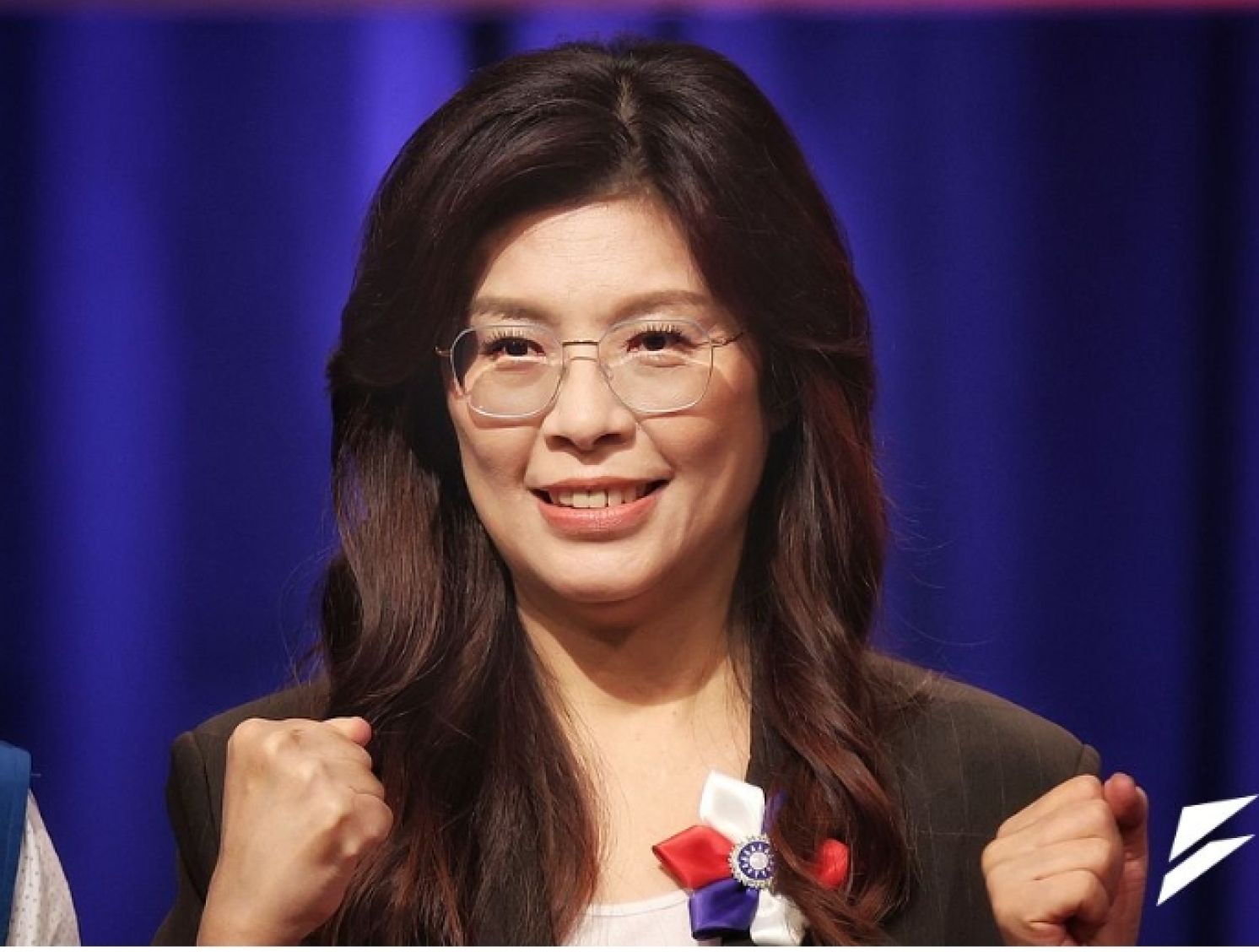
Cheng-XI Meeting to Mark the KMT's Path Towards Resurgence
China Times Editorial, October 28, 2025
With the Kuomintang’s (KMT) election of a new chair and the exchange of congratulatory cables between the KMT and the Chinese Communist Party (CCP) following Cheng Li-wun’s victory, cross-strait party-to-party communication, long dormant, gained new momentum. It has been nearly nine years since Hung Hsiu-chu visited mainland China as KMT chair. When Ms. Cheng will next visit the mainland, and whether she will revive the tradition of exchanges from the top leadership to think tanks and local organizations, has drawn close attention from both sides of the Taiwan Strait.
Cheng will take office on November 1. At this juncture, the Democratic Progressive Party (DPP) administration faces a challenge in responding to Zheng’s leadership of the KMT and the likely warming of KMT-CCP interactions. Internally, the DPP appears somewhat flustered, lacking a comprehensive approach. On the night of Zheng’s election, DPP spokesperson Wu Zeng issued the “Two Expectations and One Reminder,” reiterating the old refrain of “resisting all forms of mainland infiltration,” which was coldly rebuffed by the KMT. Minister Chiu Chui-cheng of the Mainland Affairs Council (MAC), responding to the reaffirmation of the “1992 Consensus” in the letters, remarked pointedly, “The key question is to what extent—does it mean aligning with Xi Jinping’s goal of national unification?”
Only Premier Cho Jung-tai has shown some clarity and awareness of governmental boundaries, expressing hope that Cheng “brings the strength that allowed her to surpass five other KMT chair candidates to meet Xi and engage in healthy, orderly exchanges.” Premier Cho also reiterated that any exchanges between private organizations and the mainland, as long as they are legal and compliant, will not be prohibited by the government.
Although the DPP administration continues to assert the “sovereignty of the Republic of China will not be infringed or deprived” and “Taiwanese people’s freedom and democratic way of life will not change” as preconditions to constrain Zheng’s mainland interactions, the historical record of KMT-CCP leadership exchanges shows that neither during KMT governance nor opposition periods—from Lien Chan and Wu Po-hsiung to Hung—did such interactions result in sovereignty being “stripped,” nor did they alter Taiwan’s freedom and democracy. The “Ma–Xi Meeting” in 2015 during President Ma Ying-jeou’s tenure is widely regarded as a model demonstrating Taiwan’s equal footing with the mainland and mutual respect for governance, a benchmark remembered worldwide.
Today, although the KMT is in opposition, it remains the largest party in the legislature and holds the most local executive positions. Against the administration of President Lai Ching-te, who only garnered 40 percent of the vote, the KMT still represents substantial public support. Should Ms. Cheng be invited to visit the mainland and revive the tradition of KMT-CCP leadership interactions, it would not only be a strong demonstration of Taiwan’s pursuit of peace for domestic and international audiences, but also help break the nearly decade-long freeze in civil exchanges, rekindling warmer public sentiment on the mainland and laying a critical public opinion foundation for cross-strait peace. It would also symbolically reinforce the KMT’s “China” brand.
Within Taiwan, Ms. Cheng’s high-profile return to the Legislative Yuan and her comments on the possibility of multiple KMT candidates in the 2028 election indicate her strong personal ambition. Having emerged victorious from a closed party-member election, Ms. Cheng now occupies a key position in Taiwan’s politics. The next challenge is how she integrates her personal platform with other voices within the blue camp to shape a new KMT direction.
Ms. Cheng’s assertive positions—emphasizing “I am Chinese,” advocating cross-strait “strong–strong cooperation,” and suggesting Taiwan “should stand on the shoulders of the mainland”—must gain resonance among other KMT figures and be tested through public opinion in the 2026 and 2028 elections.
With roughly half the party members’ votes in her favor, Ms. Cheng now has a legitimate mandate to assert her views. Yet she must also consult widely with party veterans—mayors who see themselves as equally representative of public opinion, and legislators who have played key roles in sustaining the KMT—listening to counsel, clarifying doubts among party members and pan-blue supporters, and demonstrating through words and deeds. Only then can any future mainland visit enjoy broad party and public support.
Historically, top-level cross-strait exchanges have never been “for the sake of a meeting.” Meetings require a solid basis of inter-party political consensus and trust. Once a meeting occurs, the KMT chair must be able to translate the mainland’s expectations for peaceful development into internal political momentum, breaking through the mental constraints of “hostility” and “cold war thinking” to gain Taiwan’s recognition. This is the essence of KMT-CCP leadership interaction and the key for Ms. Cheng to lead the KMT’s transformation and eventual return to power.
From: https://www.chinatimes.com/opinion/20251028003543-262101?chdtv